Is the full-frame Leica Q (Typ 116) really worth its £2,900 premium price compared to the £840 Fujifilm X100T? Andy Westlake finds out
Fujifilm X100T
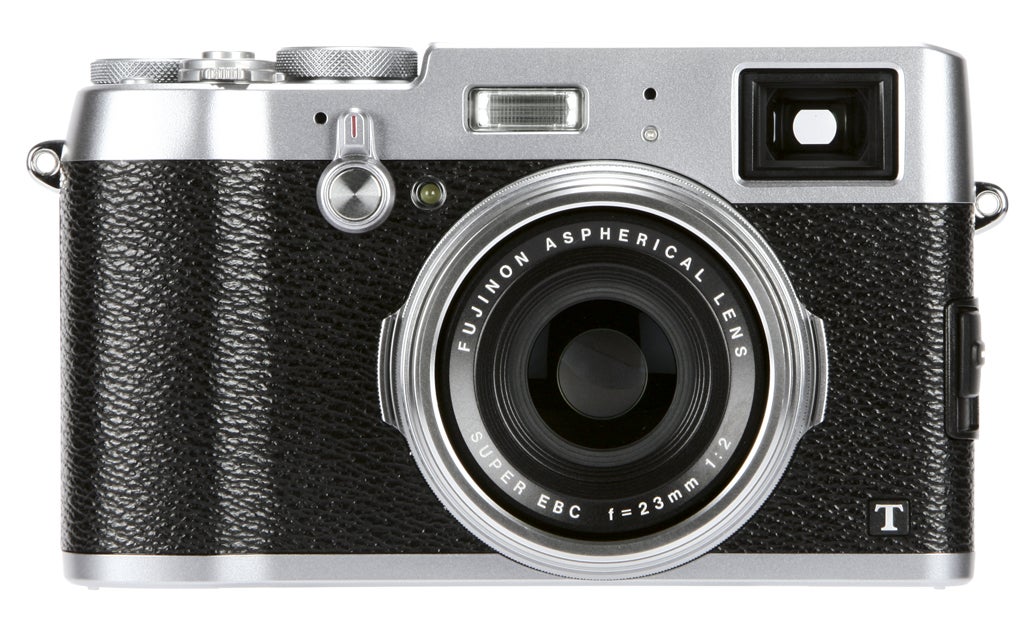
Price: £840
Website: www.fujifilm.co.uk
The charismatic X100T is the third generation of Fujifilm’s classic APS-C-sensor compact
When it appeared in late 2010, the original FinePix X100 was Fujifilm’s first camera for many years designed specifically for enthusiast photographers. Its successor, the X100S, added Fujifilm’s unique X-Trans CMOS sensor and brought much-needed improvements in operational speed. The current X100T updates the physical design and control layout to match the company’s X-system CSCs, resulting in an incredibly refined camera that just works exceptionally well.
Based around a 16.3-million-pixel APS-C sensor and 23mm f/2 lens, the X100T’s standout feature is its advanced hybrid viewfinder that combines an optical viewfinder with a high-resolution EVF. This allows detailed exposure information to be projected into the optical finder, including a clever focus-confirmation window. Alternatively, you can use the 2.36-million-dot electronic finder, which gives an accurate preview of how your shots will work out.
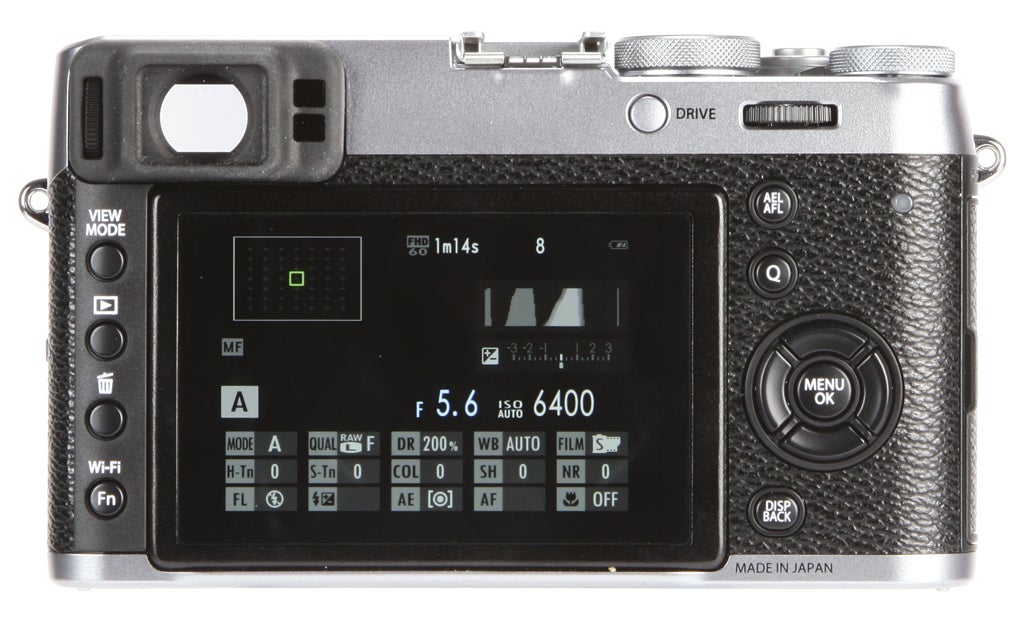
The compact lens keeps the camera impressively slim, and is very sharp at longer subject distances. It’s capable of focusing down to an impressive 10cm from the front element, although it’s rather soft when used for close-ups at large apertures. A switchable 3-stop neutral-density filter is built in, and wideangle and telephoto adapters are available.
The camera’s charismatic good looks are matched by its superb handling, with physical shutter speed, aperture and exposure-compensation dials encouraging creative shooting. Secondary functions can be accessed via the on-screen Q menu, and plenty of user customisation is on offer. On the back is a high-quality 3in 1.04-million-dot LCD, which can of course also be used for composition and shooting, although it’s not touch sensitive.
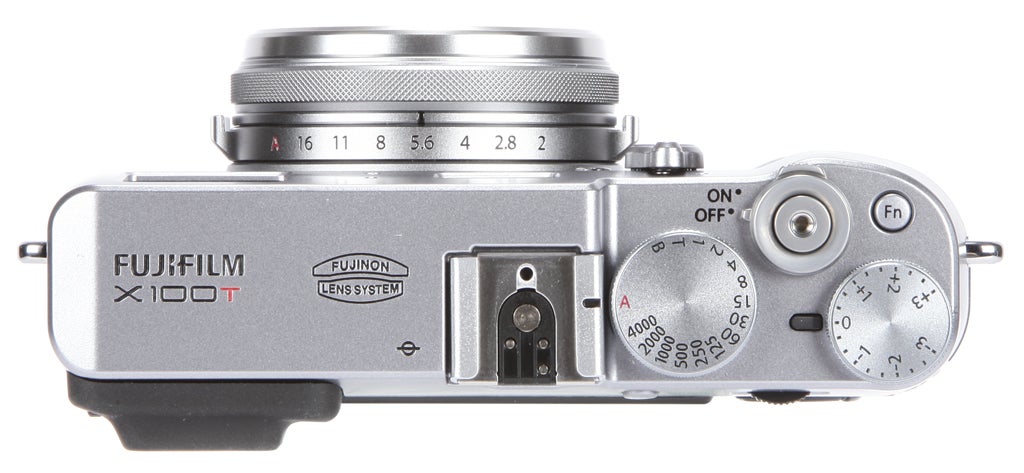
Other highlights include a silent electronic shutter option with speeds up to 1/32,000sec, allowing shooting at maximum aperture in bright light. Fuji’s film-simulation modes give particularly attractive colours straight out of the camera, and in-camera raw conversion allows you to tweak settings if necessary. There’s a small built-in flash, and a hotshoe to accept more powerful units.
One quirk is that the camera can’t accept filters directly, but requires an optional adapter that has a 49mm thread and provides a bayonet mount for a lens hood. This is useful as the lens can suffer from flare with oblique light.
Resolution
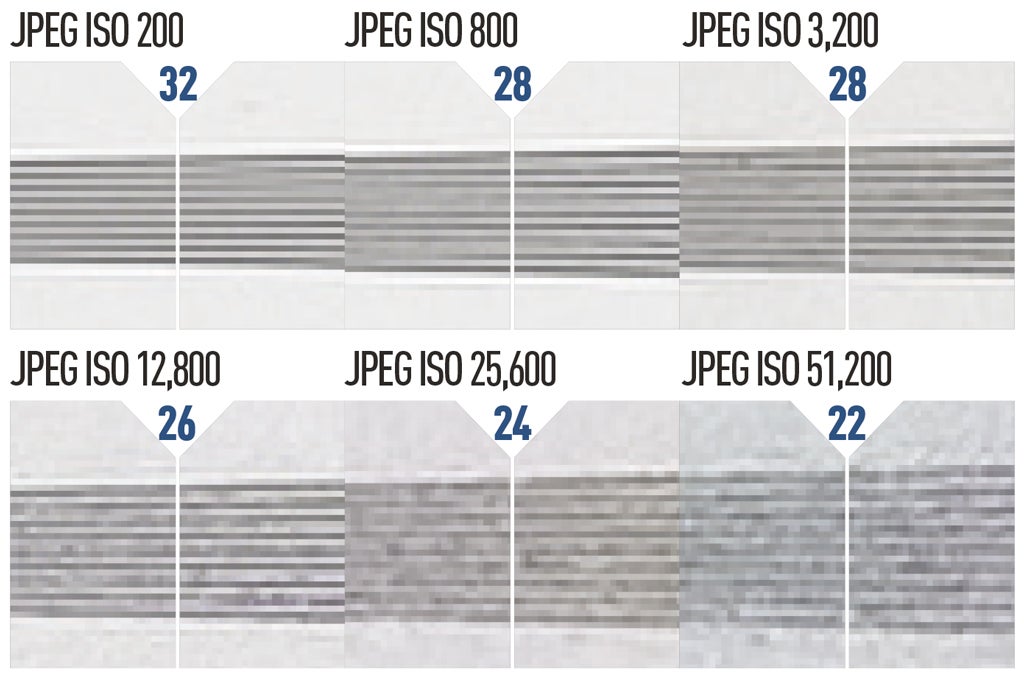
With its 16.3-million-pixel sensor the X100T can record around 3,200l/ph at low ISOs, with a particularly clean rendition of our test chart due to its X-Trans colour filter array. Resolution remains impressive through the standard sensitivity settings, dropping to around 2,800l/ph at ISO 3,200. At the extended settings of ISO 12,800 and above quality deteriorates rapidly, though, due to excessive noise.
Dynamic range
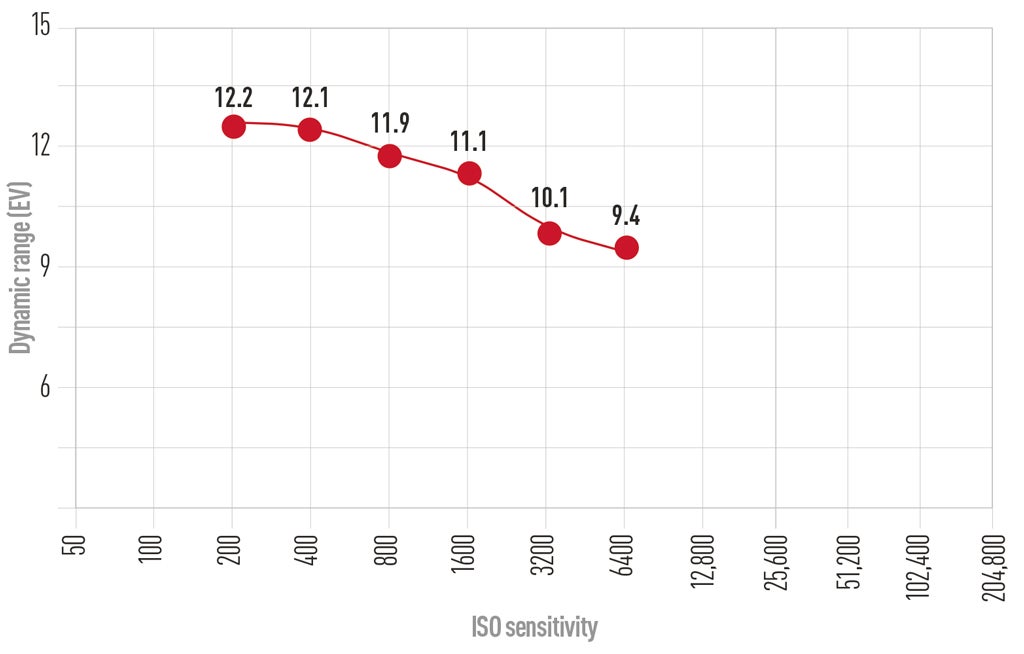
The X100T only records raw files from ISO 200 to 6,400, so we’re only showing results in this range. Our Applied Imaging tests register 12.2EV at ISO 200, dropping only slightly by ISO 800. It maintains impressively high dynamic range at higher settings, reflecting the clean shadow tones that are characteristic of files from the X-Trans sensor.
Noise
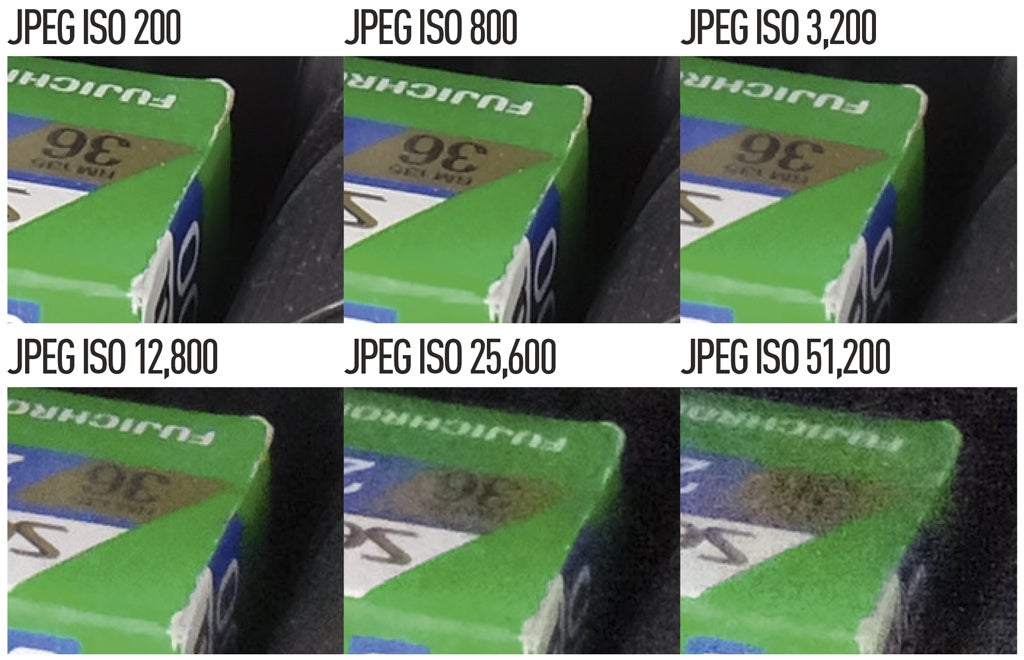
At low ISO sensitivities, the X100T gives very attractive images, with plenty of detail and a very likeable colour rendition to its JPEG output. It does very well as the sensitivity setting is raised too, with low-contrast detail only starting to deteriorate at ISO 3,200, and colours holding up well. Beyond this things break down fast, with ISO 12,800 only barely usable.




